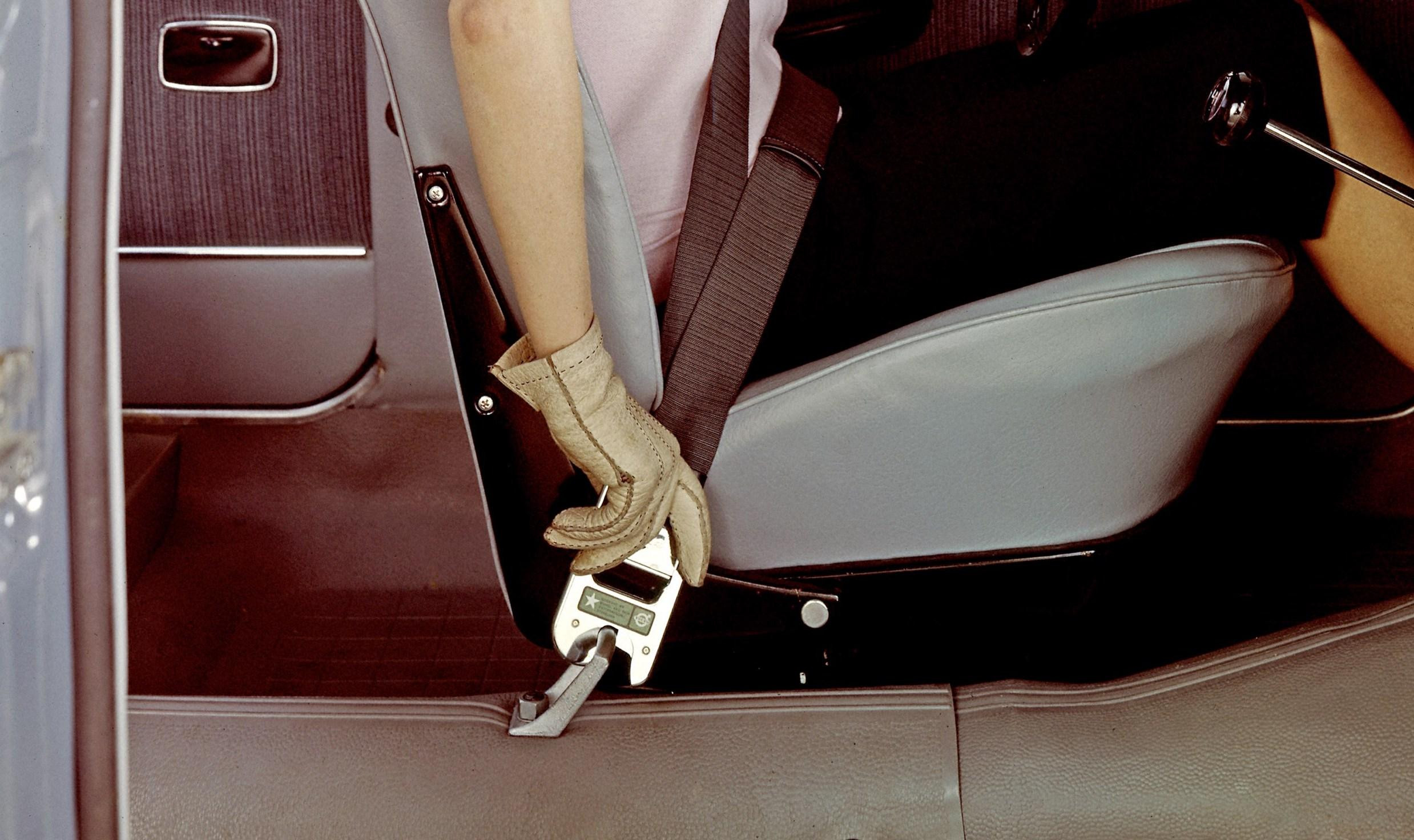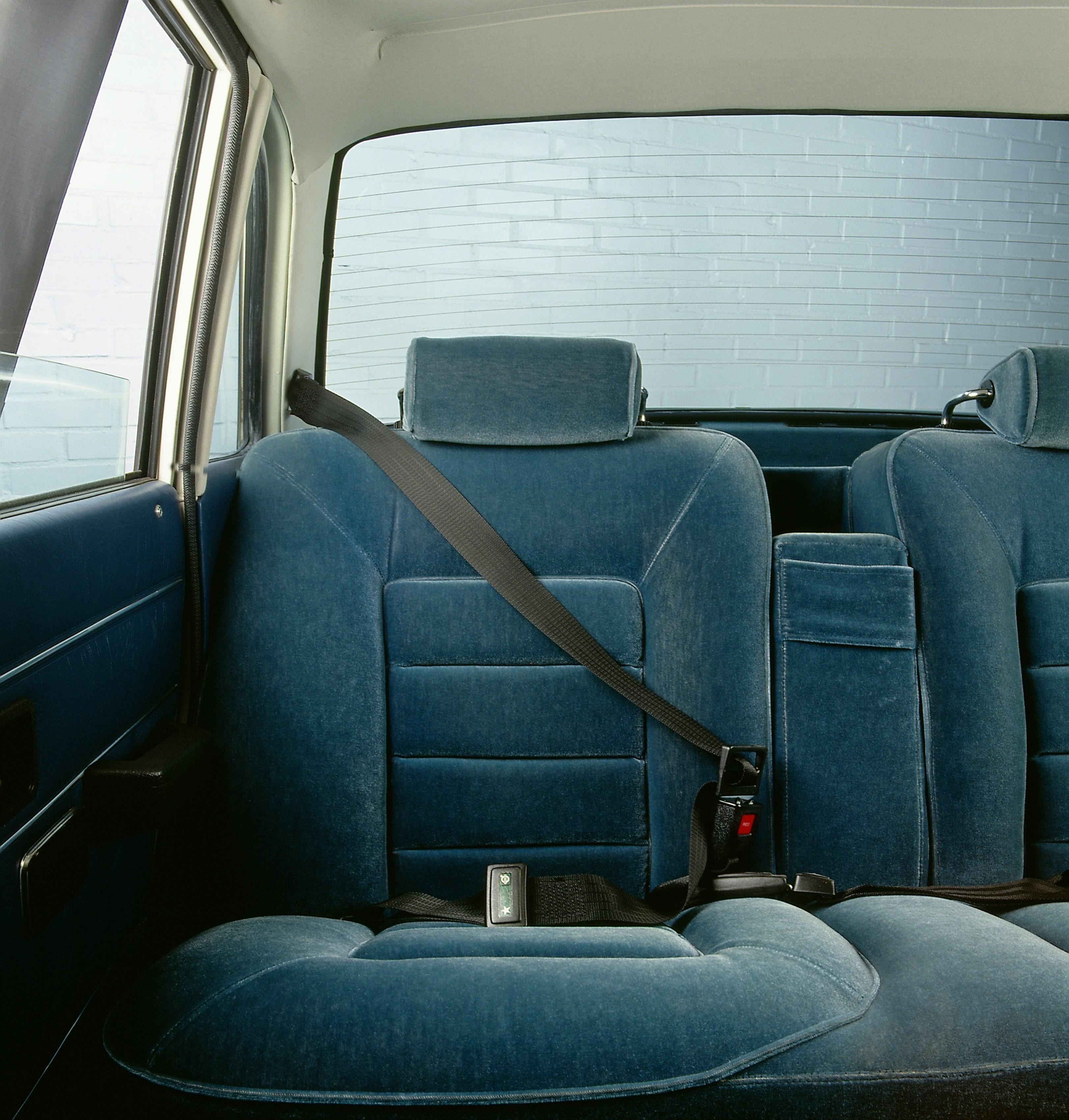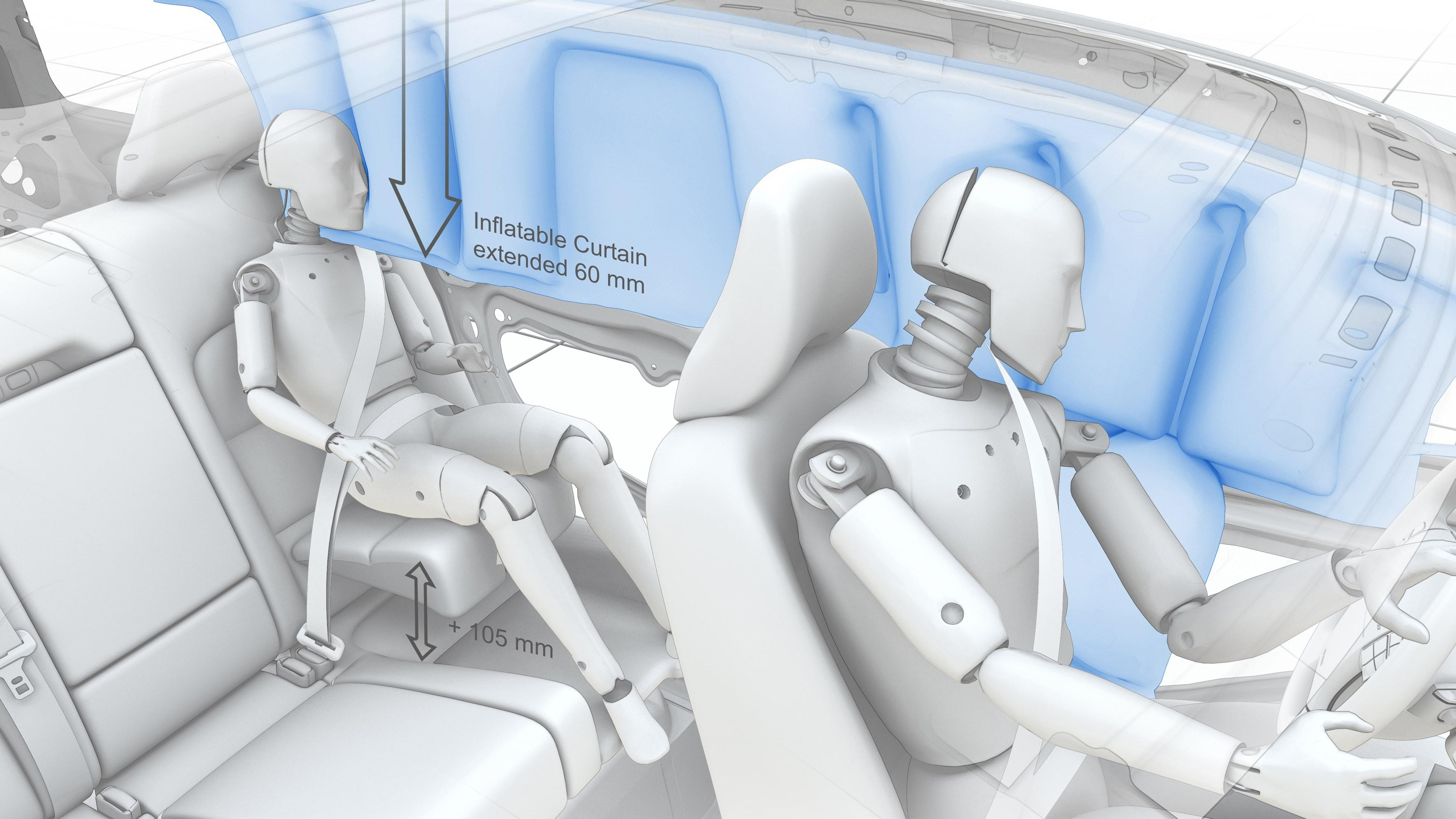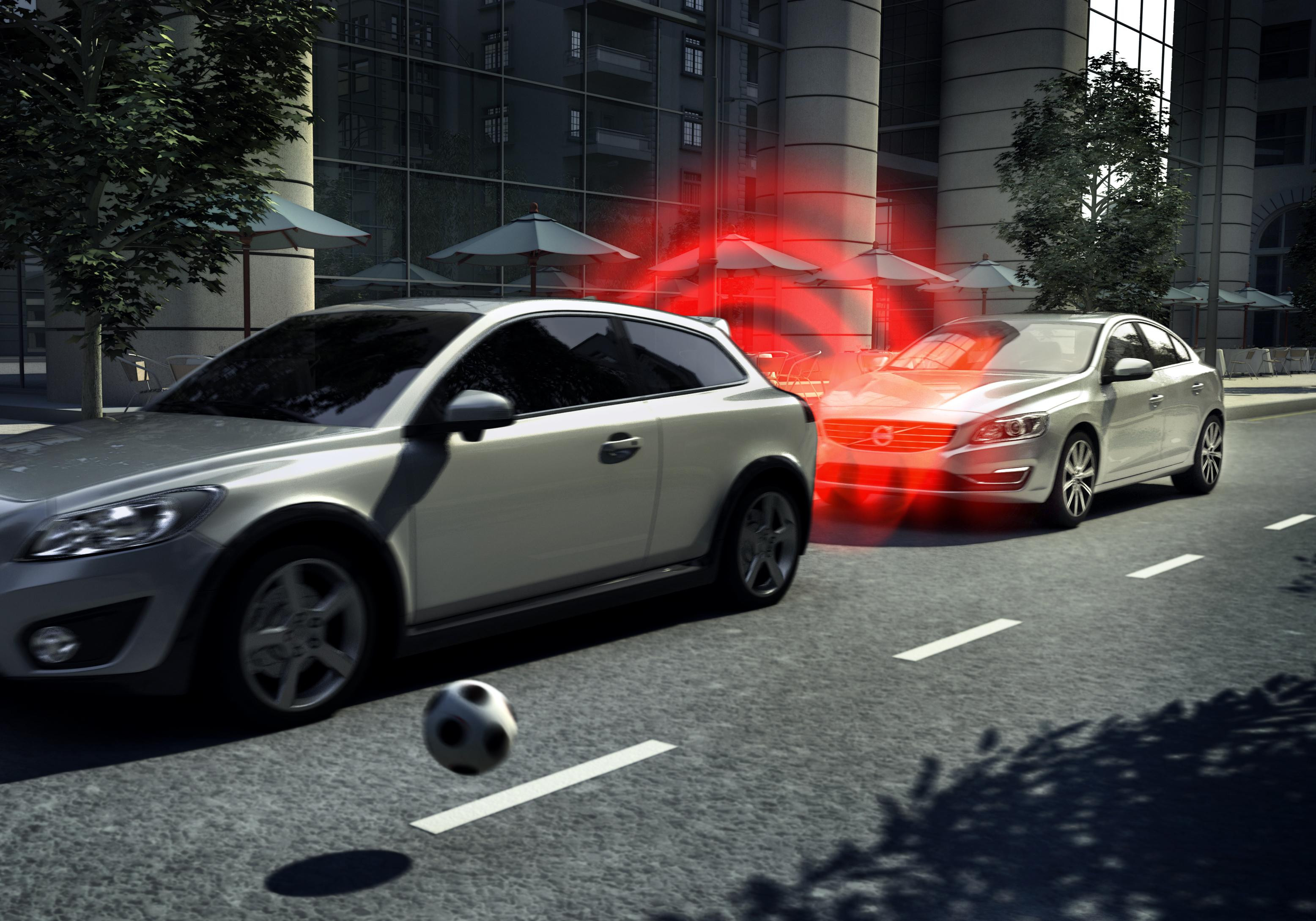Here’s everything that has changed for in-car safety over the years

Car safety has progressed hugely in recent years. While the earliest cars didn’t even feature seat belts, the very latest models are practically brimmed with clever life-saving technology that could help make a difference in the event of an incident.
But how has car safety changed over the years and what have been the major innovations that have made our vehicles safer than ever? Let’s take a look.
The beginning
It’s probably not hard to imagine that the very earliest cars weren’t exactly bristling with safety technology. In fact, wiper blades weren’t brought about until 1903 - cars prior to this must’ve been a bit tricky to drive in a downpour - while indicators only started flashing on cars in 1914.
The first crash test took place in 1934, while General Motors used the very first crash test dummy - called 'Sierra Sam’ - in the early 1950s. A big breakthrough came out in 1951 with the invention of the airbag, too, radicalising how people could be protected during an impact.
Seatbelts

Seatbelts are something we use every day and they’re seen as a core component of a car’s safety features. They weren’t introduced until the 1950s, however, and it was Volvo - a key name in the car safety world - that developed the three-point seatbelt that we’re familiar with today. Introduced in 1959, the three-point seatbelt would go on to become a feature that drivers would come to expect from their cars.
Of course, one key change was the creation of the inertia reel seatbelt which took this technology a step further. It came into play in 1963.
Extra technology
While seatbelts and airbags remain core safety-boosting features, other technology took a jump forward in the 70s and 80s. It was during this period that we saw the creation of anti-lock brakes - first introduced on the Mercedes S-Class in 1978 - while a supplemental restraint system was also brought in.
In terms of legislation, the wearing of front seatbelts was made compulsory in the UK in 1983, with the same rules applying to the fitment of rear seatbelts being introduced in 1987.
Further safety features

Moving into the 1990s we see a range of features developed that have now become must-haves. Volvo pioneered the use of the side-impact safety system in 1991, helping to boost occupant safety. Mercedes, meanwhile, developed its own electronic stability system in 1995 to aid driving in difficult conditions or during high-speed cornering.
European safety was helped by the creation of Euro NCAP in 1997, which not only introduced more thorough crash testing but also made their results easier to digest for consumers thanks to a clear star system. In 2001, the Renault Laguna became the first new car to be awarded a full five stars following crash testing.
Volvo, yet again, forged a path ahead of the others as it introduced a mandatory 112mph speed limit across its entire range of cars in 2019 as it continued to aim for zero accidents in its cars.
What is on the way?

There’s plenty of futuristic safety tech on the cards in the future. We’ve already seen the increasing use of autonomous systems in modern vehicles, be that via autonomous emergency braking that can automatically slow the car if it detects an object ahead, or even lane departure assist which can steer the car back to a straight line should it feel the driver moving off-course.
It’s likely that this autonomous assistance will become even more widespread in future vehicles, too. There’s also been more development into ‘swarm’ technology, whereby cars can ‘talk’ to one another and inform others of upcoming accidents or road issues. Whereas older safety tech was more mechanical, it’s likely that newer features will have a greater focus on software and technology than ever.


















